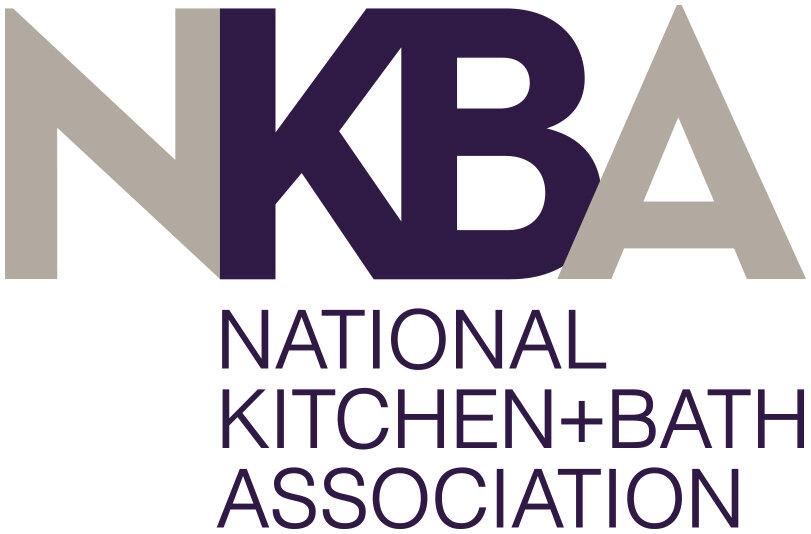Marble Care & Maintenance
To preserve the beauty of your marble, you will want to follow a few simple tips.
Cutting Boards: Always use a cutting board rather than cutting directly on your marble.
Coasters: Use coasters under all glasses, particularly those containing alcohol or citrus juices. Many foods and drinks contain acids which can etch your marble.
Trivets: While many stones can withstand heat, the use of trivets or mats is recommended.
Placemats or felt protectors: To prevent scratching, use placemats or felt pads under china, ceramics, and silver to protect the surface of the marble from rough or course bottoms.
Dusting: Dust frequently using a clean, non-treated dry dust cloth. Dirt and grit are abrasive and can damage natural stone.
Spills: Blot the spill with a paper towel immediately. Using a mild soap and plenty of water, wash and rinse the area thoroughly. Dry with a soft cloth. Repeat as necessary.
Cleaning
· Clean stone surfaces with a mild liquid dishwashing detergent and warm water. A neutral (phbalanced) stone soap, specifically formulated for natural stone, can also be used.
· Lime build-up can be removed with a single-sided razor blade like removing paint from glass.
· Rinse the surface thoroughly after washing with the soap solution and dry with a soft, non-abrasive cloth.
· Change the rinse water frequently.
· Similar to any item cleaned in your home, an excessive concentration of cleaner or soap may
leave a film and cause streaks. Follow manufacturer recommendations.
· A pH balanced stone soap can be purchased from BGW. We offer both an aerosol can, perfect for countertops, as well as a liquid concentrate, perfect for cleaning larger areas such as shower surrounds, tub decks and flooring.
Cleaning Products to Avoid
· Products containing lemon, vinegar or other acids may dull or etch calcareous stones such as
marble. Do not use colored glass cleaners.
· Scouring powders or creams often contain abrasives that may scratch marble.
· Many commercially available rust removers (laundry rust stain removers, toilet bowl cleaners)
contain trace levels of hydrofluoric acid (HF). This acid attacks silicates in addition to other minerals. All stones will be attacked if exposed to HF.
· Do not mix ammonia and bleach. This combination creates a toxic and lethal gas.
· Do not use stone cleaners containing petroleum, oils or animal fat such as those found in furniture polishes, waxes or similar oil based products. These can permanently darken your stone over time or can build up a residue on the surface similar to a “waxy build-up" on fine wood.
With these good housekeeping practices, you will enjoy the beauty of this gift of nature for many years!
Sealing
Your marble has been sealed with a fifteen-year "sealer." Throughout the stone industry, these treatments are referred to as "sealers"; technically, they are "impregnators" which do not actually seal the stone, but act as a repellent. Sealing does not make the stone stain proof; it does, however, make the stone more stain resistant. The sealer used on your marble is non-toxic and safe for use in food preparation areas.
Just Installed Countertops
If your project is still under construction, cover your new tops with drop cloths. Treat them with care. Workers should never place their tools on top of them. A dropped hammer in just the right place can chip or crack your natural stone. No one should ever stand or kneel on your countertops… use a ladder! Don’t let workers step on the tops.
Natural stone is porous. You or your contractor should avoid using petroleum-based adhesives and putties like “Liquid Nails” and plumber’s putty. The oils in these products will leech into the stone and leave a grease spot that will not come out. This can also happen with iron objects (e.g. nail heads, flashing) which can rust under the stone and leach to the surface. Your contractor should use stainless or galvanized fasteners and supports in any application where the stone will be installed in wet areas.
Stain Removal
Most stains in natural stone will require the use of poultice. This holds the cleaning agent on the stain until the cleaner has been able to do its work. Poultices can be used on organic stains like tea, coffee and flowers; oil stains like buttermilk, cream (including hand and face lotion) olive and other cooking oils, salad oils, and mustard; and rust stains from steel wool, metal flower pots, some soils, nails, bolts, screws, cans, etc. A baking soda poultice will often be sufficient in removing stains. Make a paste using water. Apply it to the stain and cover it with a glass turned upside down or tape plastic over the stain. Allow this to soak 24 hours (keeping the paste moist). Repeat as necessary. If a stain remains after the baking soda method is tried, a pre-mixed poultice product can be purchased through BGW.
Try out any cleaner or stain remover on an inconspicuous place to make sure it isn’t going to discolor the stone.

